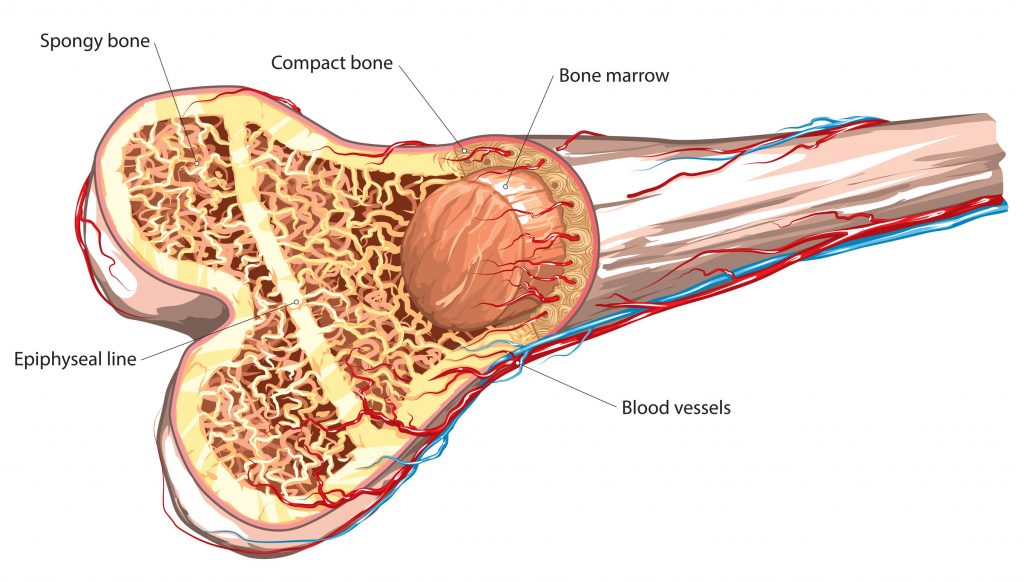
Paget’s disease of bone is commonly referred to simply as Paget’s disease. It happens when something goes awry in the bone recycling process, and can cause pain, fragile bones, and other serious health problems. The risk of developing Paget’s disease increases with age, and it is rare in people under 50. There is no cure, but there are treatments to help control the disease and the symptoms.
What is Paget’s Disease?
Your bone tissue is constantly renewing itself. Old bone tissue is absorbed and new bone tissue replaces it. In Paget’s disease this process happens too fast, and the new bone tissue that is generated is larger and weaker than normal bone tissue.
Paget’s disease can affect one or several bones. Those most commonly affected are:
- Pelvis
- Skull
- Spine
- Legs
Complications of Paget’s Disease
Paget’s disease can have serious complications including:
- Bone pain
- Fragile bones
- Fractures
- Deformities such as bowed legs
- Enlarged bones
- Osteoarthritis
- Pinched nerves
- Permanent hearing loss
- Hypercalcemia – too much calcium in the blood
- Heart failure
- Bone cancer
- Extra blood vessels in the bones causing them to bleed more if surgery is required
Symptoms
Paget’s disease does not always produce symptoms. When it does, the symptoms will depend on the part of the body affected. Symptoms can include:
- Bone pain
- Joint pain
- Hip pain
- Headaches
- Hearing loss
- Numbness, tingling, or loss of movement in and arm or leg
- Bone deformities such as enlarged bones or bowed legs
Treatment
The most common treatment for Paget’s disease is medication with bisphosphonates. These include:
- Actonel (risedronate)
- Aredia (pamidronate)
- Boniva (ibandronate)
- Fosamax (alendronate)
- Reclast (zoledronic acid)
- Zometa (zoledronic acid)
